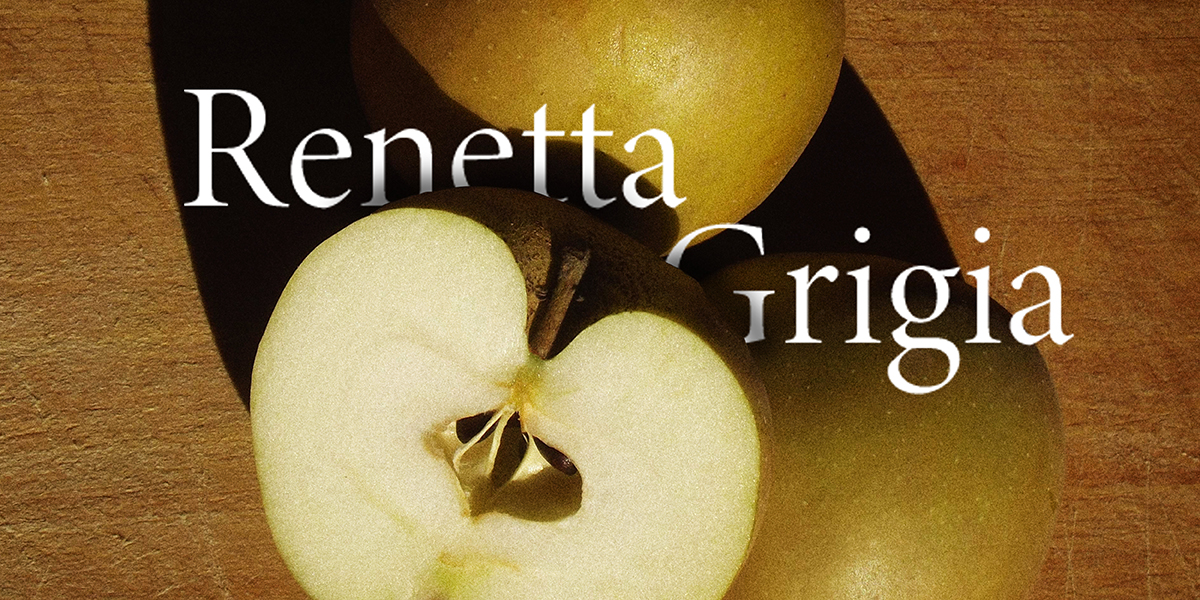


We would like to give you some news on the Torriana grey Renetta apple, the flagship of Bargiolina's cultivated apples.
In Piedmont, it is also known as ‘Gris “d Toriana” or “Mela ruggine”.
It is an indigenous variety from the southern part of Piedmont, discovered - almost by chance at the end of the 19th century - in the Torriana area where Bargiolina is located. From there, cultivation also began to spread to neighbouring municipalities. At the beginning of the 20th century, significant quantities of the fruit were exported to Germany, England and even Egypt. The plant is a hardy variety, although not very long-lived. It is characterised by being not very susceptible to pathogens and pests such as scab, bitter pits and aphids; therefore particularly suitable for organic cultivation. During the 20th century, following the appearance on the Italian market of new apple varieties - with more productive plants and larger and more beautiful fruit - cultivation of Torriana Grey apples practically disappeared. It was only towards the end of the century, on the initiative of Slow Food, which promoted the ancient Piedmontese apple varieties - setting up a presidium to protect biodiversity - that some farmers came back to believe in the value of this apple. This allowed people to rediscover and appreciate it.
Of medium size, it is characterised by its “russet“ skin. The flesh has a sweet-sour taste and a creamy-white colour. As well as raw, the fruit is also traditionally eaten baked, embellished with cloves and a sprinkling of sugar.
Nutritional properties: The high presence of polyphenols, antioxidant agents that are enemies of free radicals, is a
characteristic of this apple. Polyphenols are among those antioxidant and anti-ageing substances that contribute to
our body's good health.
The Torriana grey renetta only becomes ready for picking around mid-October. However, to enjoy it at its best, it is
advisable to wait a few days after it is taken off the tree, as it needs to complete the process of transforming
starches into simple sugars. This allows the apple to develop a sweet and delicious flavour, making it ideal for
consumption from November onwards.